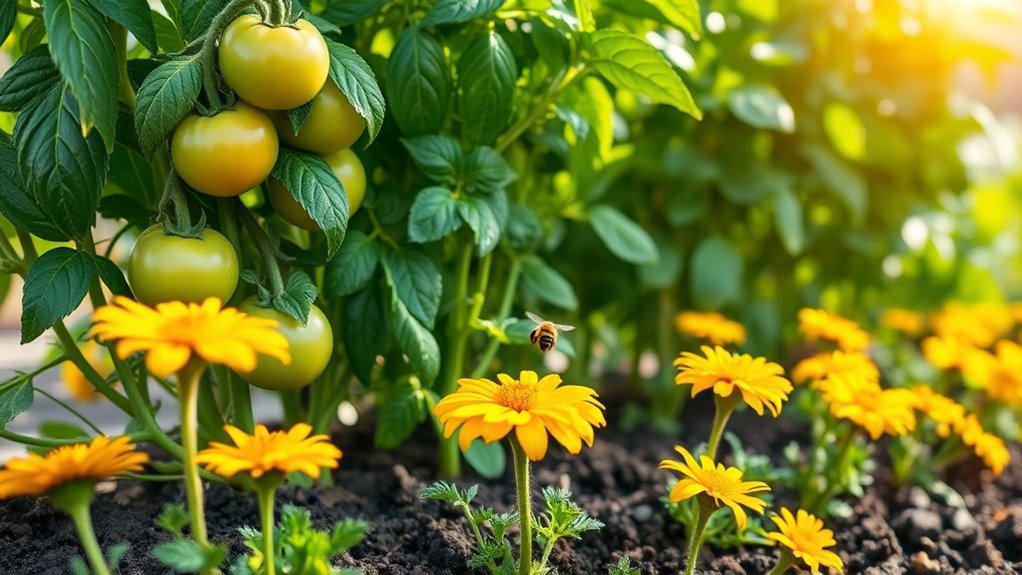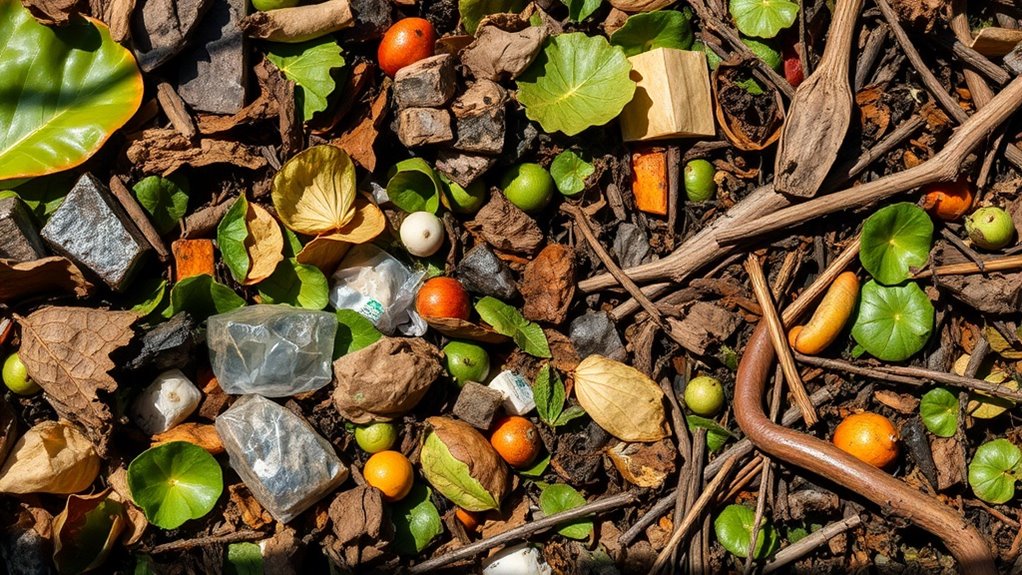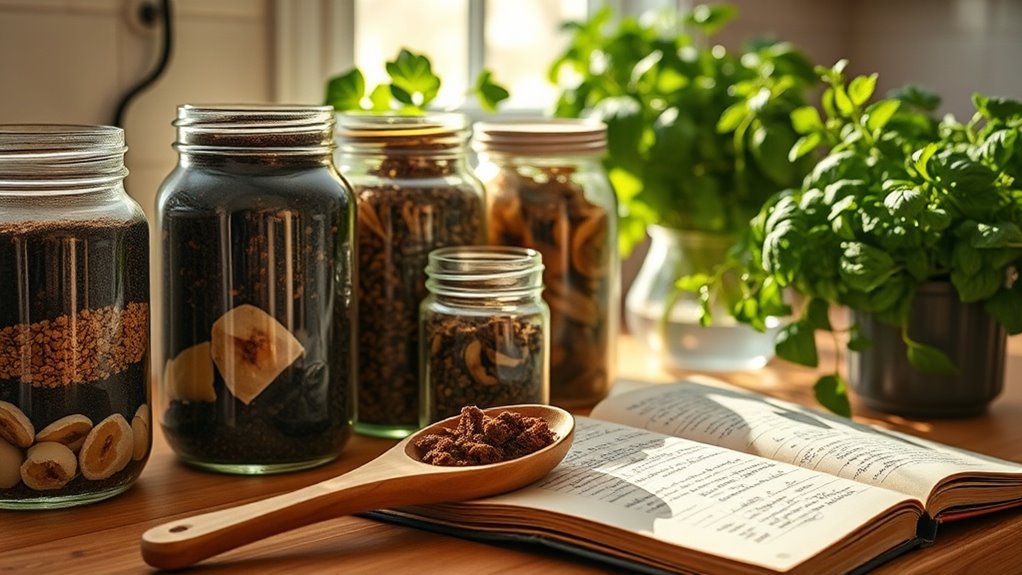Companion Planting Secrets That Boost Growth Naturally
Did you know that certain plant pairings can significantly enhance growth and health in your garden? This practice, known as companion planting, not only helps maximize space but also creates a natural balance that fosters resilience against pests and diseases. By learning which plants thrive together, you can unlock secrets that elevate your gardening strategy. Discover how these combinations can transform your garden into a productive ecosystem.
Understanding Companion Planting Principles
While you may be familiar with the idea of planting different species together, understanding the principles of companion planting can significantly enhance your gardening success.
Use companion planting tips like selecting plants that improve soil nutrients or deter pests. For example, planting marigolds alongside vegetables can repel harmful insects, while legumes enrich the soil. Combining plants wisely fosters a more productive and harmonious garden ecosystem, especially when you consider effective pairings like tomatoes and peppers, which can thrive together.
Top Plant Pairings for Enhanced Growth
Now that you’ve grasped the principles of companion planting, it’s time to explore specific plant pairings that can boost your garden’s productivity.
Here are some top pairings to consider:
- Tomatoes with basil
- Carrots and onions
- Beans and corn
- Cabbage with dill
- Peppers alongside marigolds
These combinations enhance growth, maximize space, and promote healthier plants in your garden. Additionally, incorporating eco-friendly pest control methods can help keep your companion plants thriving without harmful chemicals.
Natural Pest Deterrents Through Companion Planting
Companion planting isn’t just about boosting growth; it also serves as a natural strategy for pest control.
By pairing certain plants, you can create barriers against pests and attract beneficial insects.
For instance, marigolds deter nematodes and aphids, while basil repels flies and mosquitoes.
Integrating these companions into your garden makes it a more resilient and balanced ecosystem, enhancing overall plant health. Additionally, many companion plants can also serve as eco-friendly pest protection, limiting the need for chemical interventions.
Nutrient Sharing: How Plants Can Boost Each Other
When you strategically pair plants in your garden, you harness their ability to share nutrients, creating a thriving ecosystem that benefits each species involved.
Consider these partnerships:
-
Legumes fix nitrogen, enriching soil for nearby plants.
-
Deep-rooted plants access minerals that shallower roots can’t reach.
-
Companion plants can attract beneficial organisms, enhancing nutrient absorption.
-
Certain herbs improve growth rates of neighboring crops.
-
Diverse plant combinations promote resilience and balance.
Additionally, indoor salad gardens can also thrive through thoughtful companion planting, leading to lush and productive growth.
Creating a Thriving Garden Ecosystem With Companion Plants
Transforming your garden into a thriving ecosystem relies on the strategic use of companion plants that work together to enhance growth and resilience.
By pairing plants like tomatoes with basil, you can deter pests and improve flavor.
Additionally, incorporating flowers like marigolds attracts beneficial insects and promotes pollination.
These relationships create a balanced environment, supporting healthier plants and higher yields in your garden.





